The Hidden Battle Plastic vs. 304 Stainless Steel for Your Concealed Cistern Panel
-
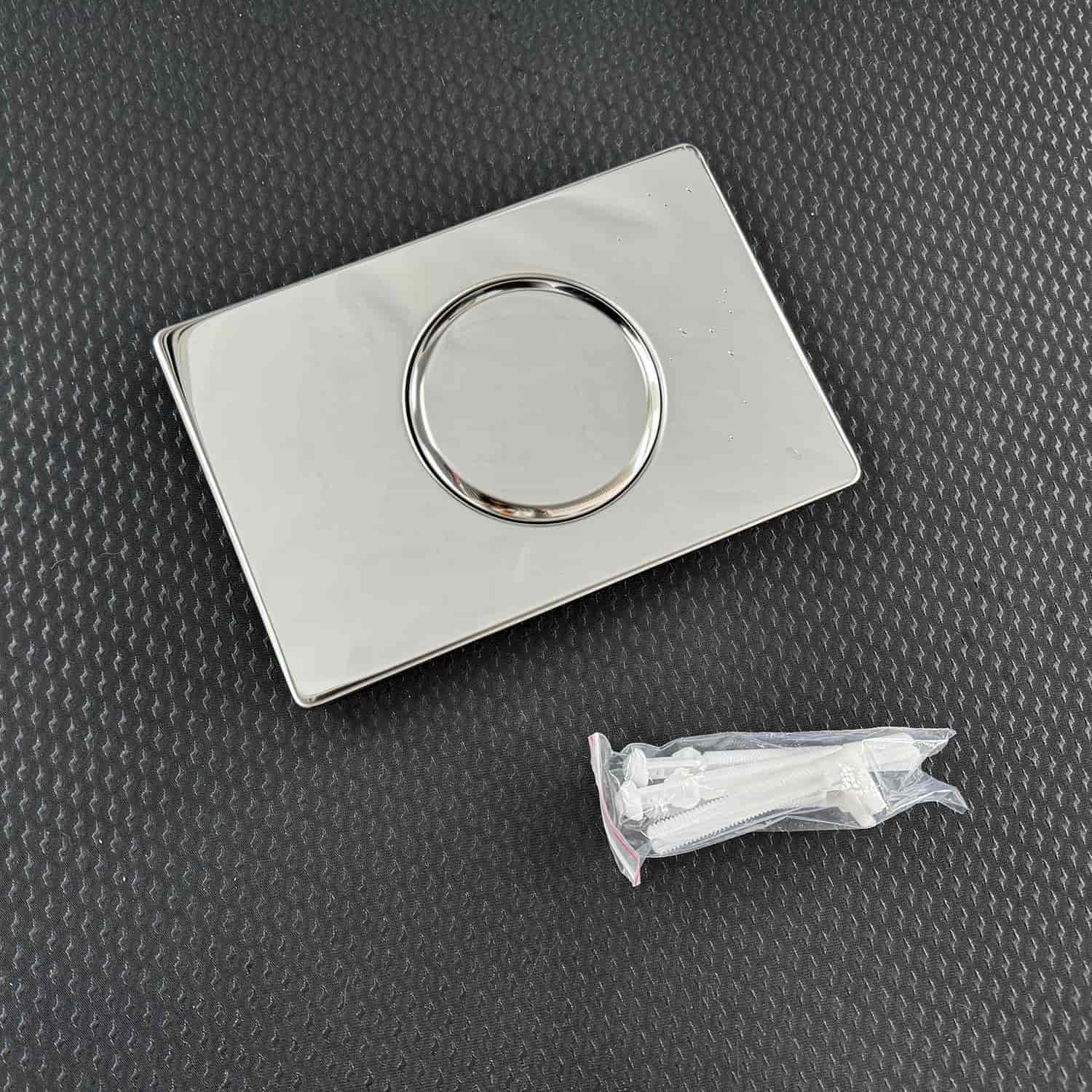 304 stainless steel single tank toilet tank panelMade of brand new 304 stainless steel raw materials
304 stainless steel single tank toilet tank panelMade of brand new 304 stainless steel raw materials -
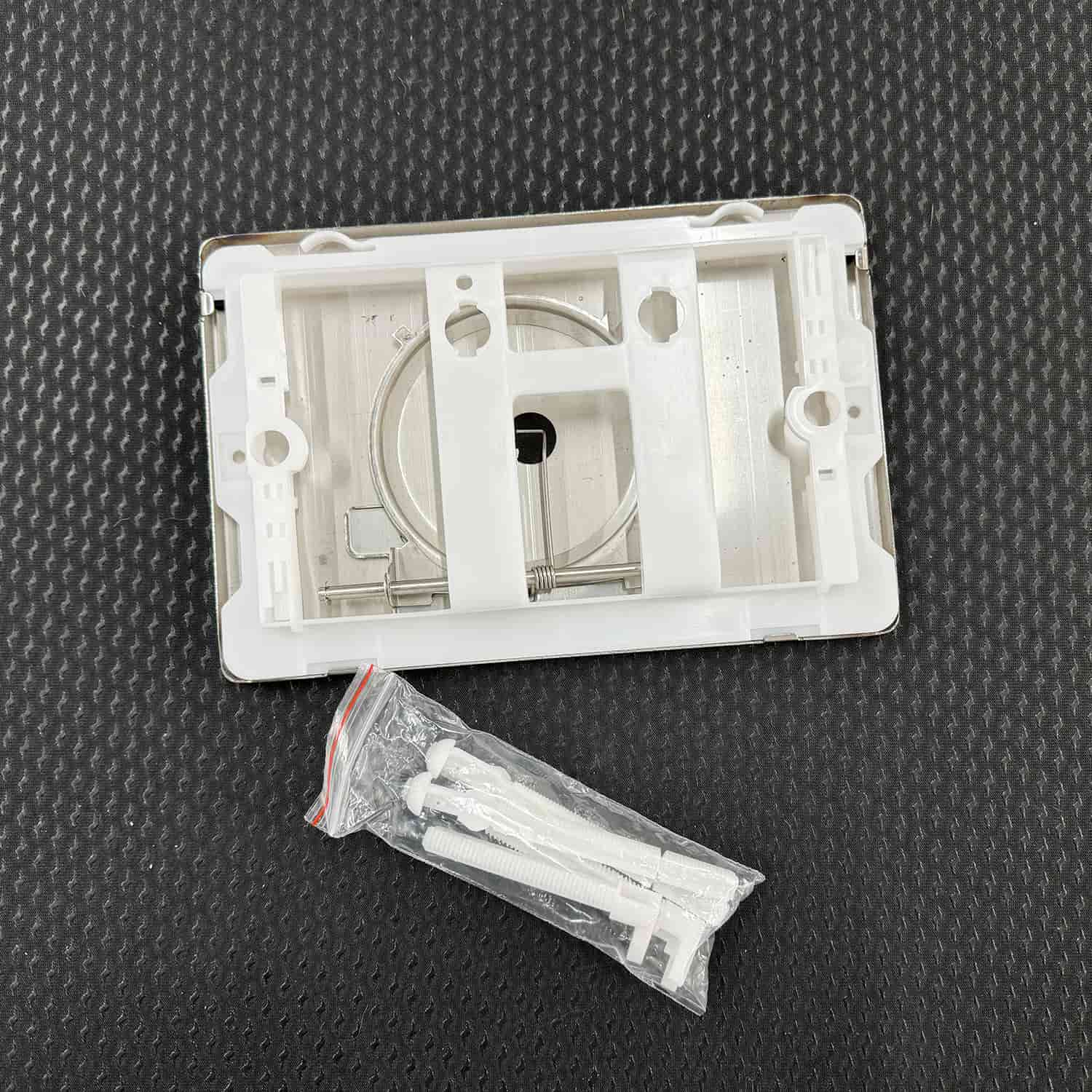 Toilet tank frameMade of hard POM raw material, it can prevent breakage and deformation
Toilet tank frameMade of hard POM raw material, it can prevent breakage and deformation -
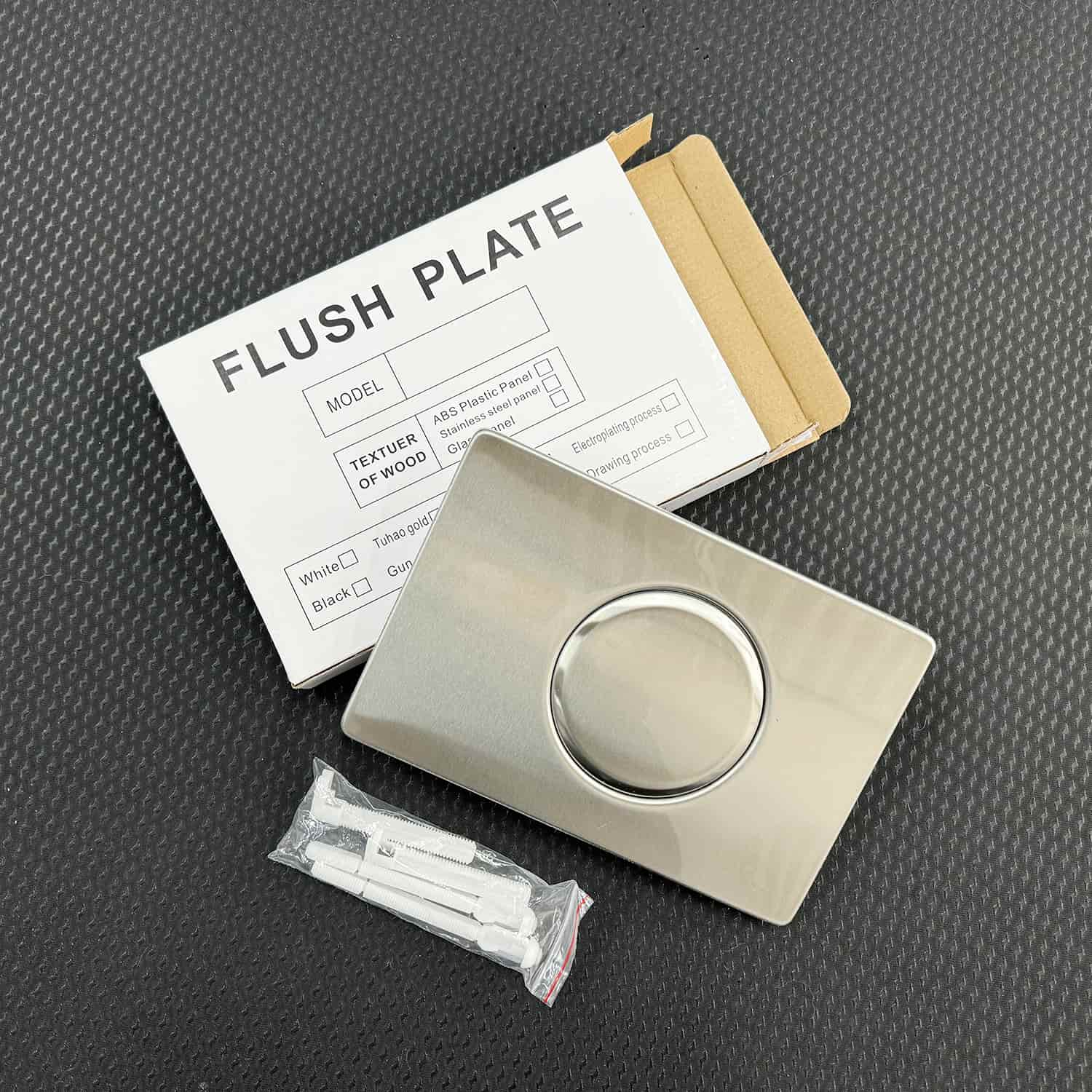 Toilet tank panel packagingUse white kraft paper for printing, the logo is clearer
Toilet tank panel packagingUse white kraft paper for printing, the logo is clearer
Material Options Plastic Panels: Usually made from high-quality polymers like ABS (Acrylonitrile Butadiene Styrene) or PP (Polypropylene). 304 Stainless Steel Panels: A grade of stainless steel containing 18% chromium and 8% nickel, known for its corrosion resistance.
2. Key Comparison Criteria
2.1 Durability and Corrosion Resistance
Plastic Panels Plastics are inherently non-corrosive, making them ideal for humid bathroom environments. They won't rust or tarnish, even when exposed to constant moisture. However, their durability depends on the quality of the polymer. Low-grade plastics may become brittle over time, especially in areas with temperature fluctuations or direct sunlight. High-impact ABS panels, on the other hand, offer good resistance to cracks and impacts.
304 Stainless Steel Panels
304 stainless steel is renowned for its exceptional corrosion resistance. The chromium-nickel alloy forms a protective oxide layer that prevents rust, even in wet conditions. It can withstand heavy impacts and has a much longer lifespan compared to plastic, often lasting 20+ years with proper care. However, it's not completely immune to corrosion in extremely harsh environments (e.g., high-salt coastal areas), though such cases are rare for bathroom use.
2.2 Aesthetics and Design Flexibility
Plastic Panels:One of the biggest advantages of plastic is its design versatility. It can be molded into various shapes, sizes, and textures. Plastic panels are available in a wide range of colors, including matte, glossy, and even textured finishes that mimic natural materials like stone or wood. This makes them perfect for creating customized, colorful bathroom designs.
-
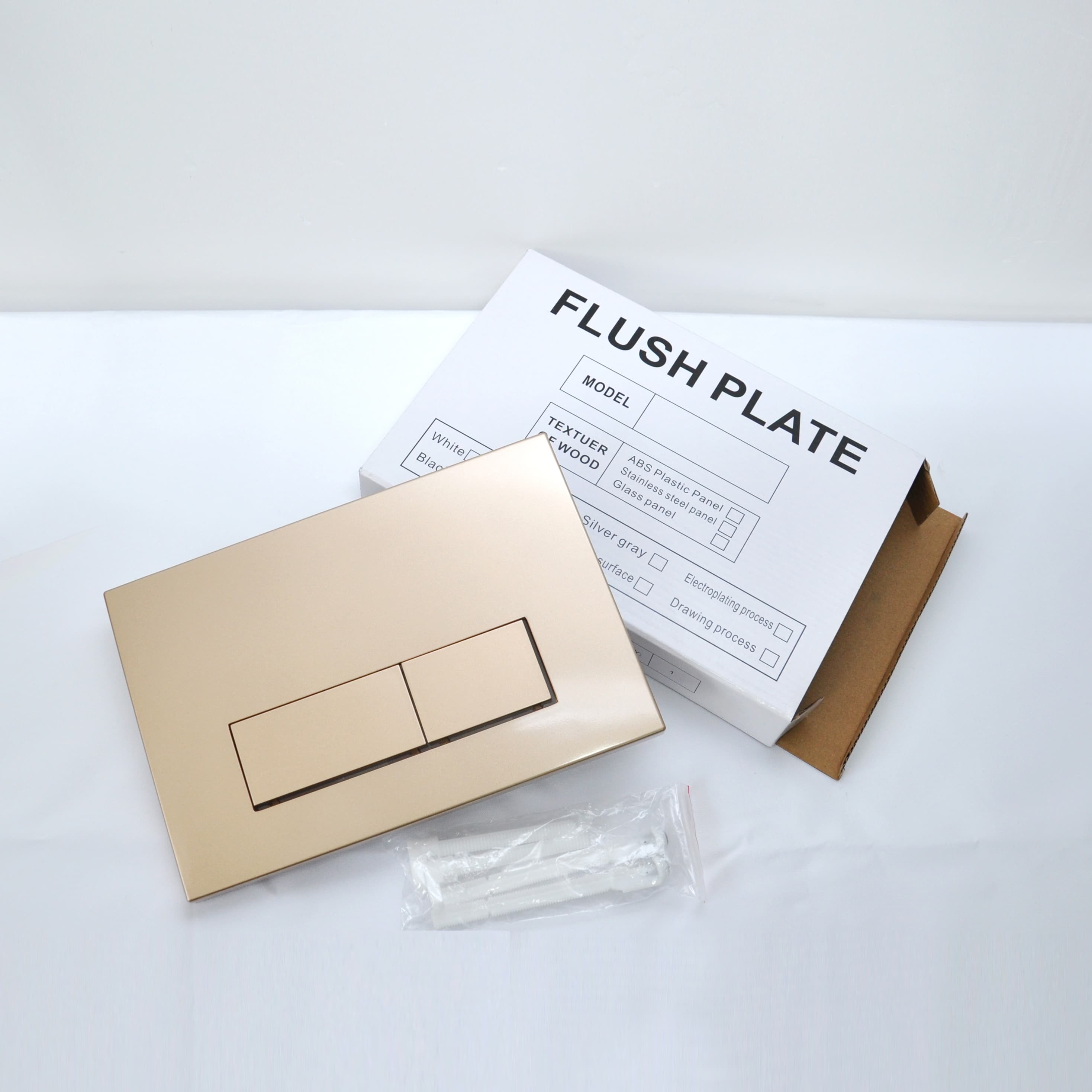 Medical & HealthcareWhatever you needs, CARESTONE is at your side.
Medical & HealthcareWhatever you needs, CARESTONE is at your side. -
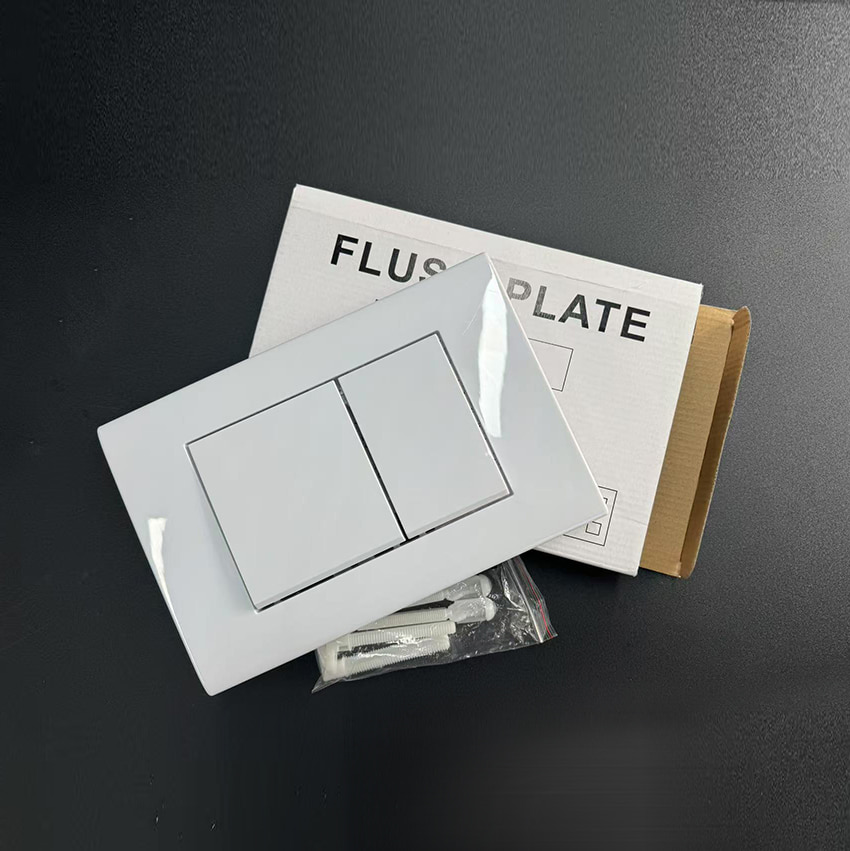 Beauty SPA & HairdressingWhatever you needs, CARESTONE is at your side.
Beauty SPA & HairdressingWhatever you needs, CARESTONE is at your side. -
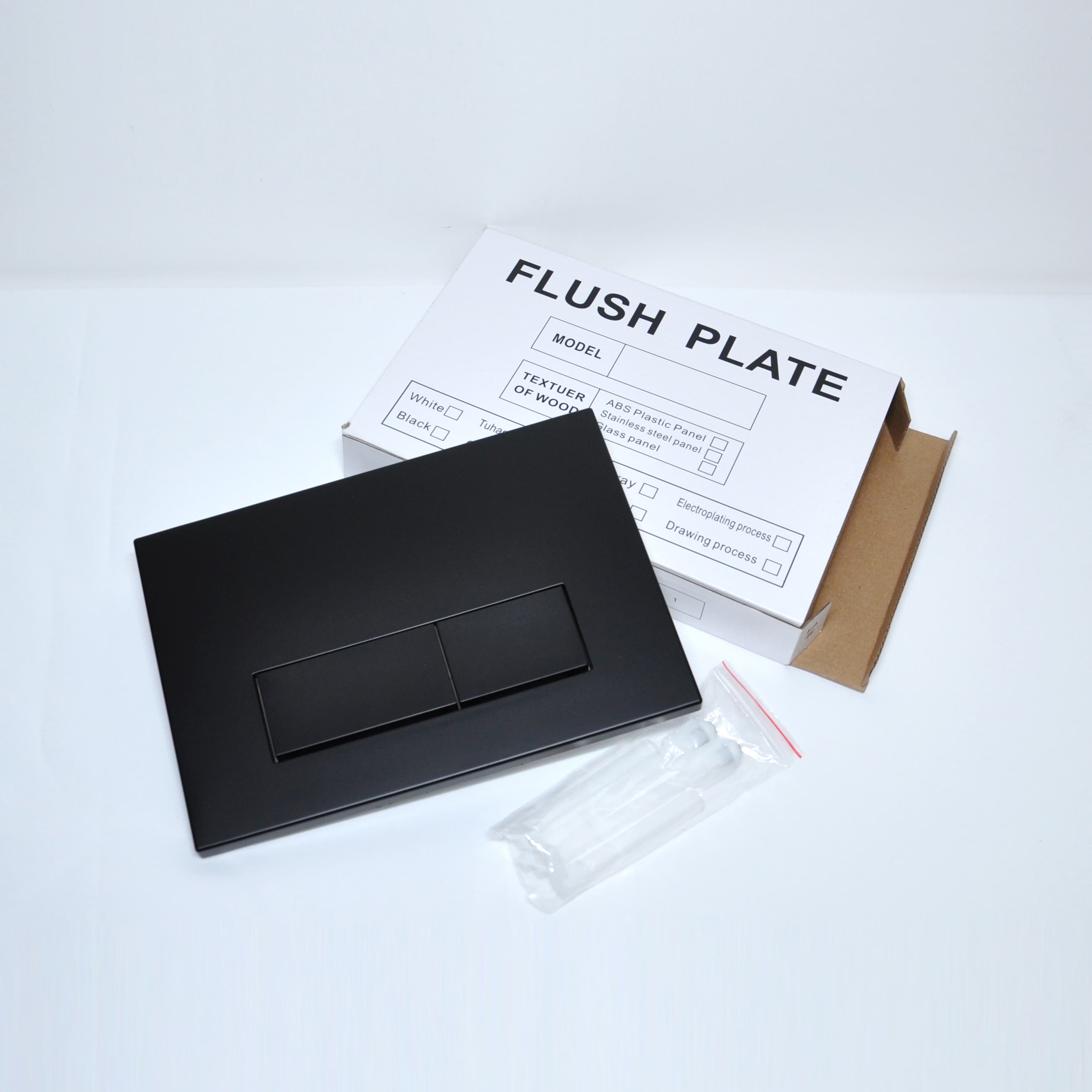 Food Processing & CateringWhatever you needs, CARESTONE is at your sid
Food Processing & CateringWhatever you needs, CARESTONE is at your sid